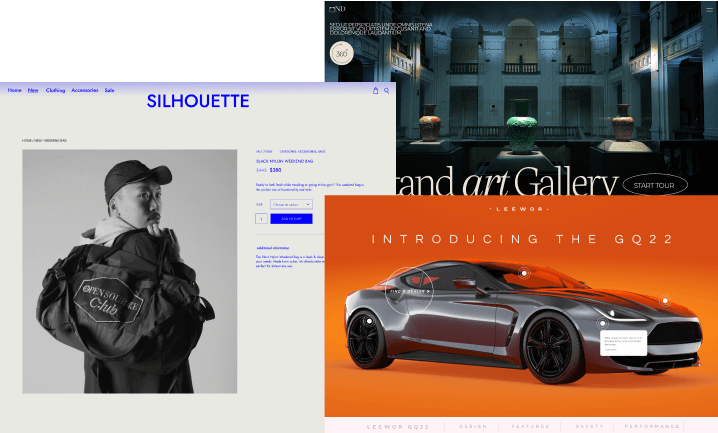Below the fold is a term describing the areas of a webpage that are only visible after scrolling down and not in the prime location, which is “above the fold.” Digital marketers usually emphasize above-the-fold content as it gets the most reader attention. Similarly, web designers will structure a page to focus on this content to benefit the site.
Where is the ‘Fold’?
There is no set definition for the number of pixels that define where the Fold begins or ends. Some companies define the page’s top 1000 pixels as above the Fold; others as the top 768 pixels.
The reason is that screen sizes and resolutions – of both computers and handhelds, vary significantly, showing different website sections without scrolling. Some sites also adjust their layout based on the browser window size so that the Fold is not a static feature on a page.
The Case for Below the Fold
Some studies show that around 84% of web visitors never scroll down. Instead, they look at content above the fold and attention drop-offs below it. Therefore, site owners think clicks, conversions, and revenue.
They want to push attention-grabbing content, images, and CTAs linked to product pages Above the Fold. However, advertisers also see it as prime real-estate and demand a piece of the pie. In 2012, however, Google began punishing sites that stuff too many ads Above the Fold.
Besides that, many marketers affirm that placing sign-up forms, promotional offers, or CTAs Above the Fold does not automatically produce better results. But, in truth, the deciding factor in generating conversions is often not about the Fold but the surrounding copy. This raises two issues:
- Your CTAs should appear where your prospects are ready to take action – this may be after reading more information Below the Fold.
- The CTA’s type and location can determine whether those clicking are legitimate, qualified leads. For instance, one study found that purchasing-oriented CTAs above the Fold may attract unqualified clicks, while informational ones (Learn more, etc.) are more likely to attract quality leads.
Therefore, to determine where best to place an offer requires identifying your prospective customers:
- If they are “pre-sold,” i.e., already want your offer upon arrival at your site, a CTA Above the Fold is easier and quicker to find.
- Interested customers need an easily explained offering with an apparent immediate value.
- Undecided customers may be put off if asked to commit before they have scrolled down for more information.
Testing and experimenting is the most helpful way to decide whether the optimal placement is Below the Fold or Above.




